Seminars
-
Condensed Matter Seminar
Information engines with self-propelling particles
Saar Rahav, Technion
24 Nov 2025, 11:10 Sacta-Rashi Building for Physics (54), room 207
Atomic, Molecular and Optical Physics
Attosecond science and nanophotonics Lab

Eugene Frumker

*Tracing and control of electronic motion in atoms, molecules, and nanostructures in space and time (4D). Progress in lightwave electronics. *Table-top XUV and soft X-ray laser-like sources. Nano-scale spatial resolution to optical science of attosecond pulses. *New dynamic imaging modalities – significantly improved spatial/temporal resolution, new contrast imaging for lifescience and nanotechnology. *And much more…
Astrophysics and Cosmology
The largest objects: galaxy clusters
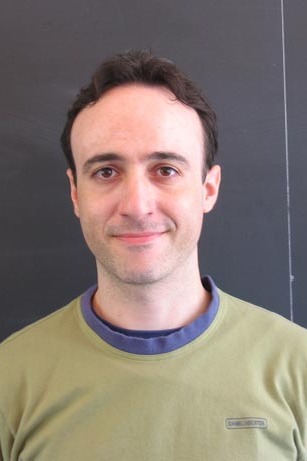
Uri Keshet
The Perseus cluster core (Chandra) with highlighted spiral cold fronts and X-ray cavities.
Galaxy clusters, as the largest virialized objects ever to form in the Universe, link cosmology and astrophysics. These 'island-universe' objects are mainly composed of dark matter and a hot, dilute plasma. Their stability is an open question, as the strong X-ray emission should have naively led to catastrophic cooling and collapse. Over the past decade, mysterious spiral structures were found in practically all clusters. They may be driven by the giant black hole lurking in the center of every cluster, for example through the relativistically hot bubbles it injects into the plasma (figure).
Seminars
-
Condensed Matter Seminar
Information engines with self-propelling particles
Saar Rahav, Technion
24 Nov 2025, 11:10 Sacta-Rashi Building for Physics (54), room 207
Condensed Matter Theory
Nonequillibrium dynamics
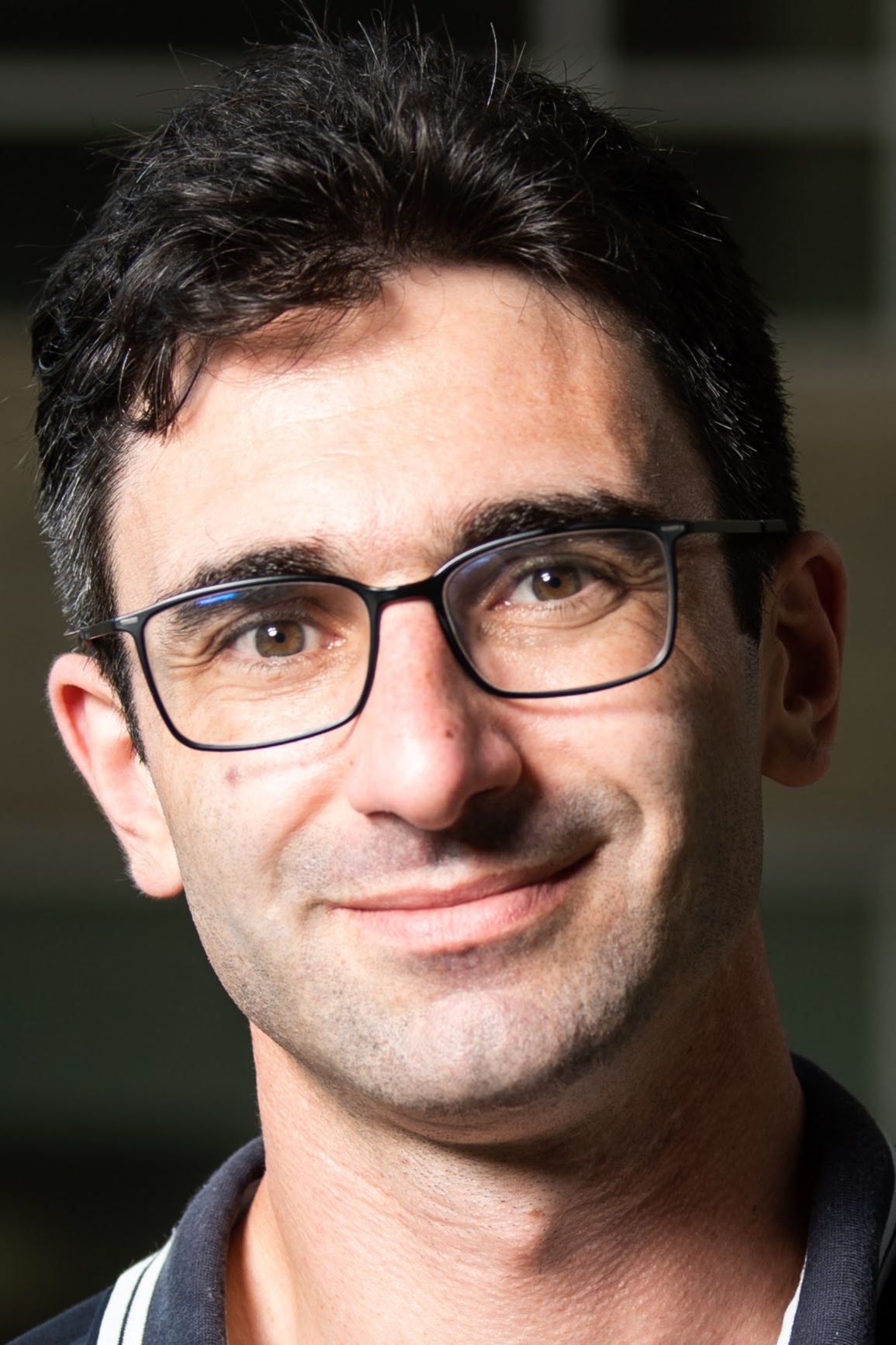
Yevgeny Bar Lev
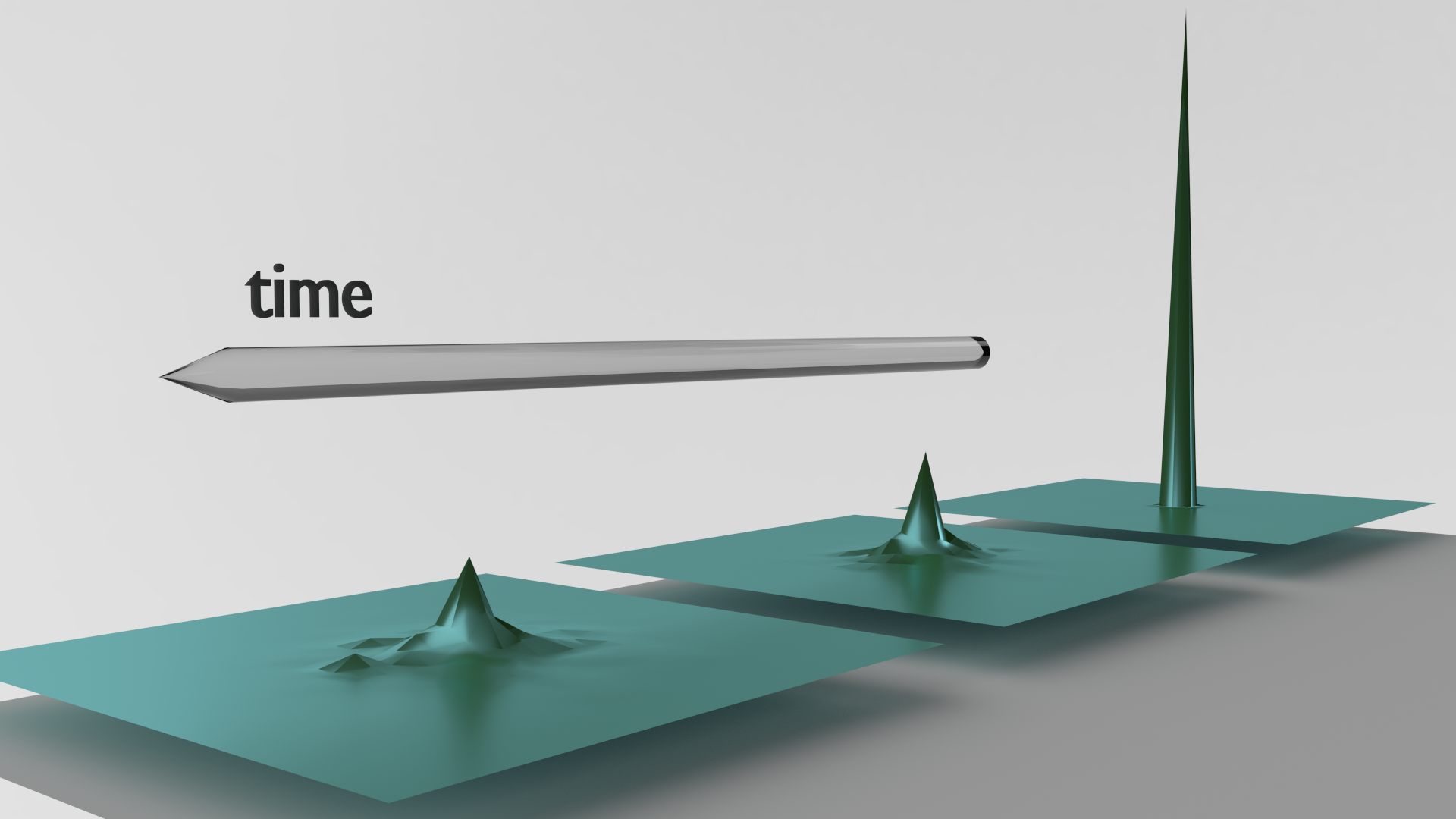
Spreading of density excitation in a two-dimensional Fermi-Hubbard model
While conventionally condendsed matter theory was moslty concerned with equilibrium or stationary states situations, recent theoretical and experimental progress spurred interest in nonequillibrium. In our group we study various situations of nonequillibrium dynamics, such as transport, quenches and external driving.
Condensed Matter Experimental
Mechanical properties on the nm scale
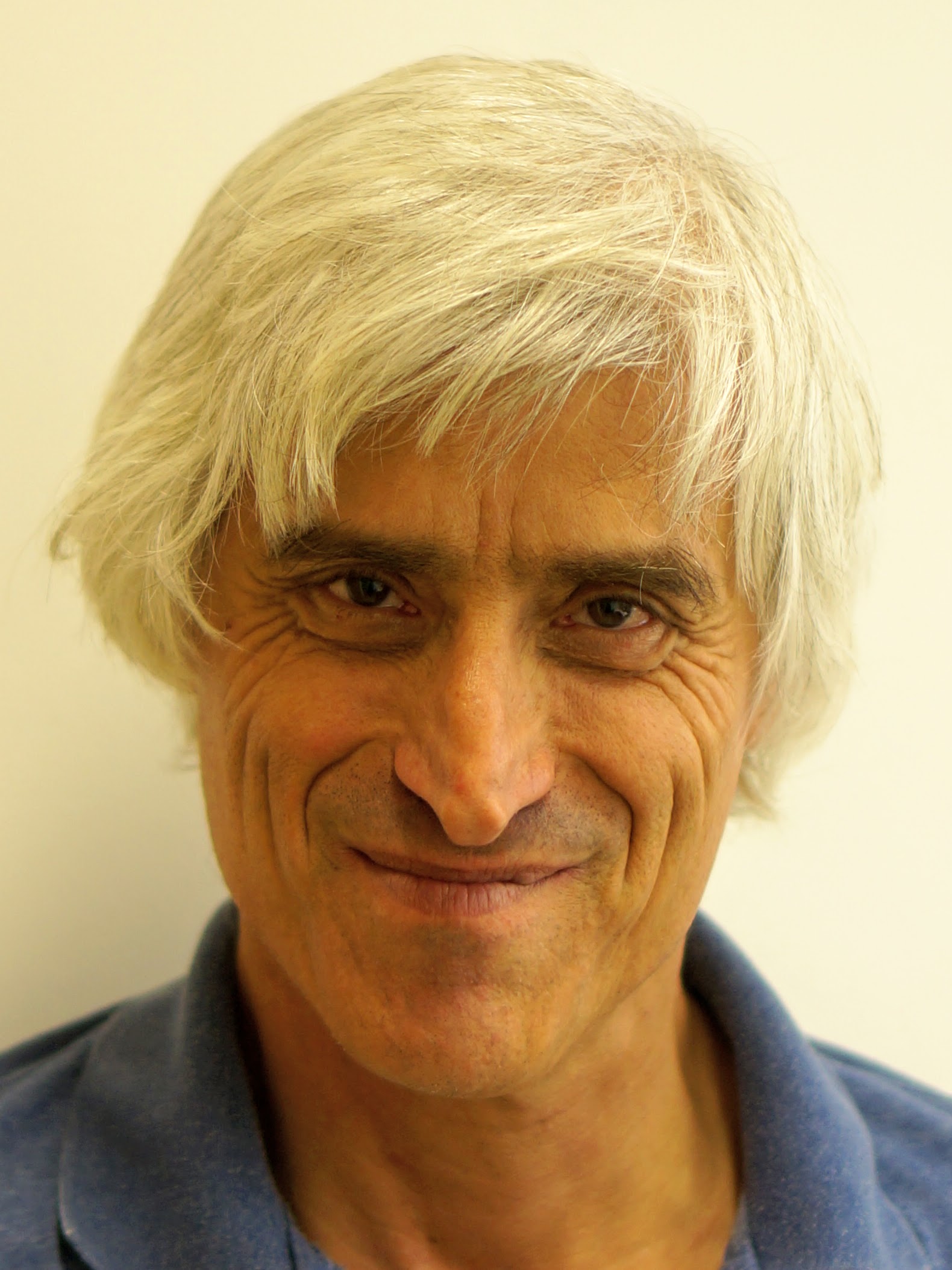
Yishay Manassen
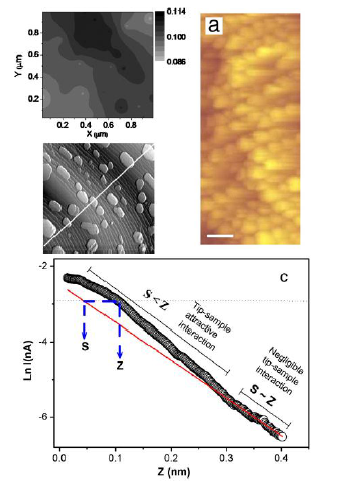
Strain map from Gd islands and Local young modulus of nanoparticles.
The scanning tunneling microscope is a device capable of observing an image with atomic resolution and is capable of observing physical phenomena on the atomic scale. In this study we are interested in the nm scale mechanical properties, normally studied macroscopically, which can vary in different locations on the surface. These properties are the stress and strain tensors, the elastic constants, the surface energy and stress. These values can be measured either using a external perturbation (the STM tip) or internal perturbation (a heteroepitaxial island, chemical reaction).
Seminars
-
Condensed Matter Seminar
Information engines with self-propelling particles
Saar Rahav, Technion
24 Nov 2025, 11:10 Sacta-Rashi Building for Physics (54), room 207
Biological and Soft Matter Physics
Single Cell Dynamics
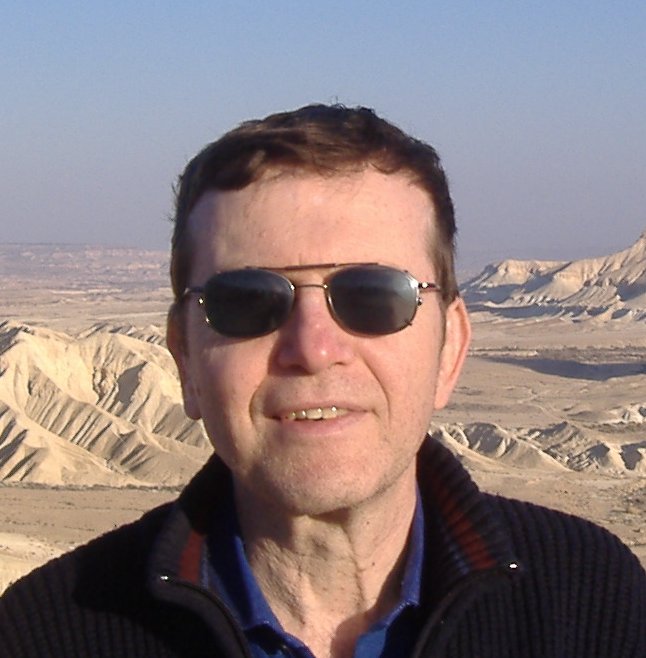
Mario Feingold

During the lifetime of a bacterium it elongates linearly in three distinct regimes.
We use single cell phase-contrast and fluorescence time-lapse microscopy to monitor morphological changes during the division of E. coli. To bypass the limitations of optical resolution, we process the images using pixel intensity values for edge detection. We study the dynamics of the constriction width, W, and find that its formation starts shortly after birth much earlier than can be detected by simply viewing phase-contrast images. A simple geometrical model is shown to reproduce the behavior of W(t). Moreover, the time-dependence of the cell length, L(t), consists of three linear regimes.
High-Energy Physics
Effective Theories and Quantum Gravity
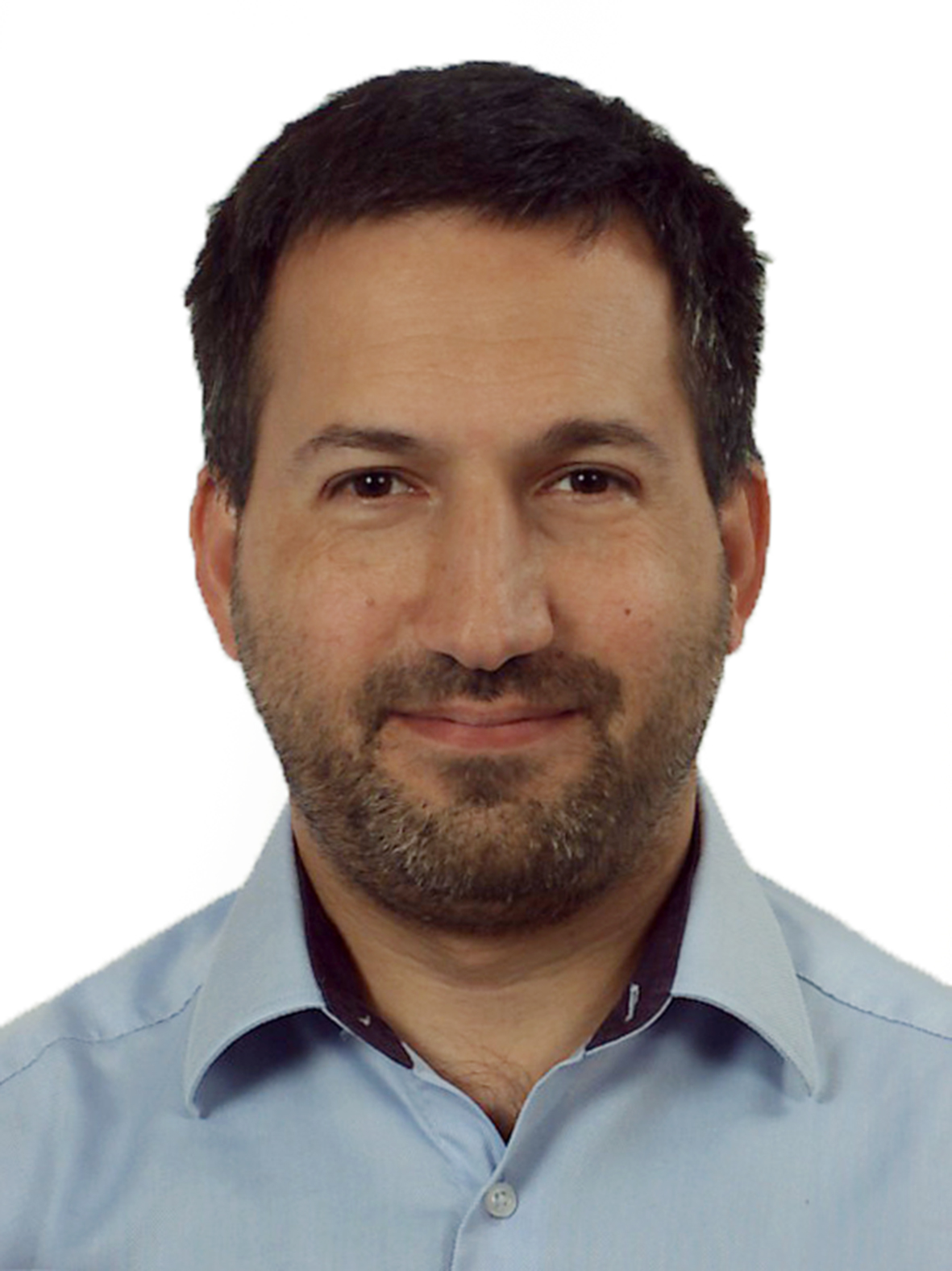
Eran Palti

Effective theories are simplified physics models which neglect high-energy processes. If those theories include gravitational physics, then the omitted high-energy physics must include that of Quantum Gravity. Not all effective theories can be consistently completed at high energies into Quantum Gravity. Those which can are said to belong to the Landscape of effective theories. While those which cannot are said to belong to the Swampland of inconsistent theories. We study what are the criteria which differentiate an effective theory in the Landscape from one in the Swampland.